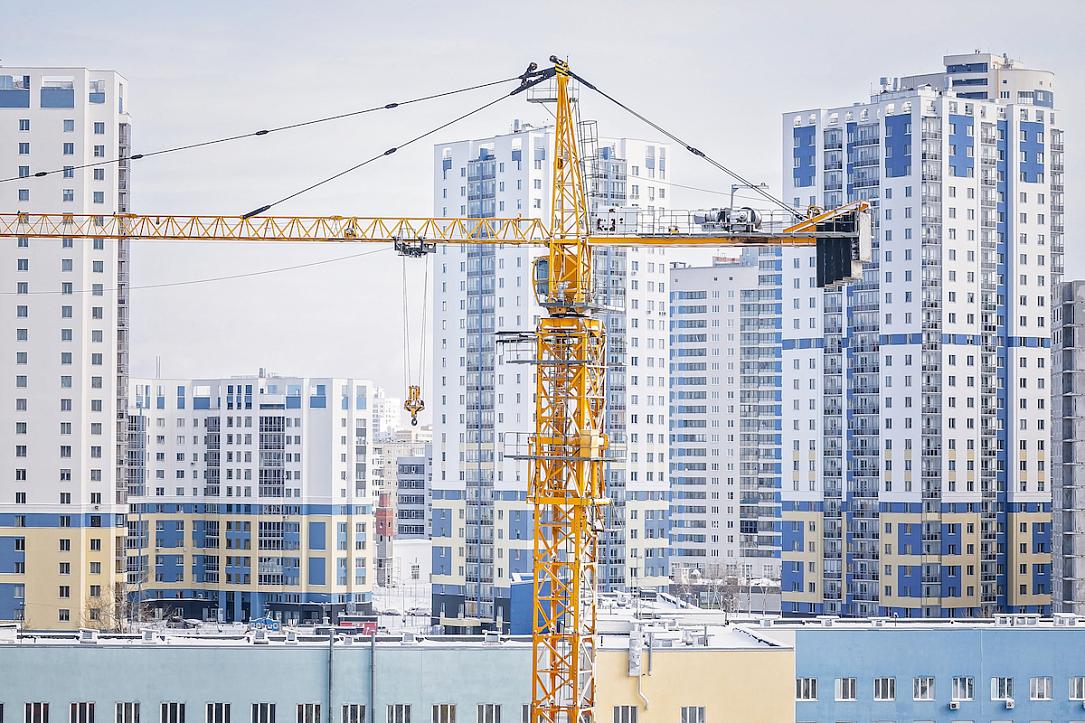Report: Romanian real estate market ends first half of the year with favorable outlook



Large infrastructure investments, significant salary growth above inflation, a stable external economic context, and central banks’ victory in combating inflation are helping the Romanian real estate market maintain a favorable outlook, according to Colliers Romania experts in their market report for the first half of the year.
2024 saw real estate transactions in Romania totaling EUR 419 million, more than double the amount from the same period last year. The construction sector has reached historic highs, driven by massive EU fund investments and a quite active private sector.
The logistics and industrial space is also showing promising results, with leases continuing their migration to destinations outside the capital. Meanwhile, the retail sector continues its rapid development.
“The economy is sending mixed signals. Delays in the EU’s Recovery and Resilience Plans, geopolitical uncertainty, and the uncertainties generated by the US elections, along with the prospect of significant tax tightening in Romania starting in 2025, are tempering optimism,” said Silviu Pop, Director of CEE & Romania Research at Colliers.
“However, there are reasons for a slightly positive outlook, especially given news coming from the consumer sector and given the large investments—both private and public—taking place in Romania. The local real estate market is influenced by these developments, but the impact varies for each sector. Prospects remain quite solid in the region,” he added.
This year, Romania saw the best performance in real estate investments compared to the other five major economies in Central and Eastern Europe (Bulgaria, Czech Republic, Hungary, Poland, and Slovakia).
The outlook for the whole year should see that the market easily surpasses the average for the previous decade, i.e., above EUR 600 million. The first half of the year was also quite strong for the local industrial and logistics space market, with modern space stock reaching 7.3 million sqm. Bucharest accounts for just under half of the total, and developers have approximately 800,000 sqm of modern space under construction due to be delivered in 2024 and 2025.
Infrastructure work continues at an accelerated pace, opening up new areas of interest for the industrial market, including production. The nearshoring/friendshoring trend remains valid and will continue to strengthen the production sector.
Rental demand for logistics and production spaces decreased by approximately 29% in the first semester to 342,000 sqm. However, Colliers experts emphasize that this does not necessarily indicate a dramatic decline in market activity but rather reflects a lack of very large contracts.
Another aspect worth pointing out is the fact that deliveries will start to accelerate starting in 2026, but even then, the market won’t likely be seeing 200,000 sqm per year too soon. The retail sector also remains attractive, given the transaction activity, the appearance of new brands, and the re-emergence of large schemes post-2026. Colliers consultants anticipate that the threshold of 5 million sqm of modern retail space will be exceeded in 2026-2027 from a current stock of 4.6 million sqm.
Cautious expectations from the beginning of 2024 have been exceeded, with mass-market and discount retailers resuming accelerated expansion. Salaries are increasing by approximately 14-15% annually compared to 5% inflation, offering good prospects for medium-term consumption. In the land market, 2024 is shaping up to be a strong year for strategic acquisitions in areas where investors are already active.
On the one hand, house purchase intentions, as measured by Eurostat surveys, are near all-time highs, while, at the same time, purchasing power rising again coupled with interest rate cuts from the central bank should also help demand. On the other hand, Colliers experts note that both authorization and deliveries have dipped substantially in the first part of the year. This situation creates the premises for a more significant acceleration of housing prices over the medium term.
"Given that today’s investments support tomorrow’s economic growth, Romania’s medium- and long-term prospects in the real estate sector are promising. Even if there might be some less favorable news in the immediate future, the overall outlook remains bright,” concludes Silviu Pop.
(Photo source: Yury Sevryuk | Dreamstime.com)